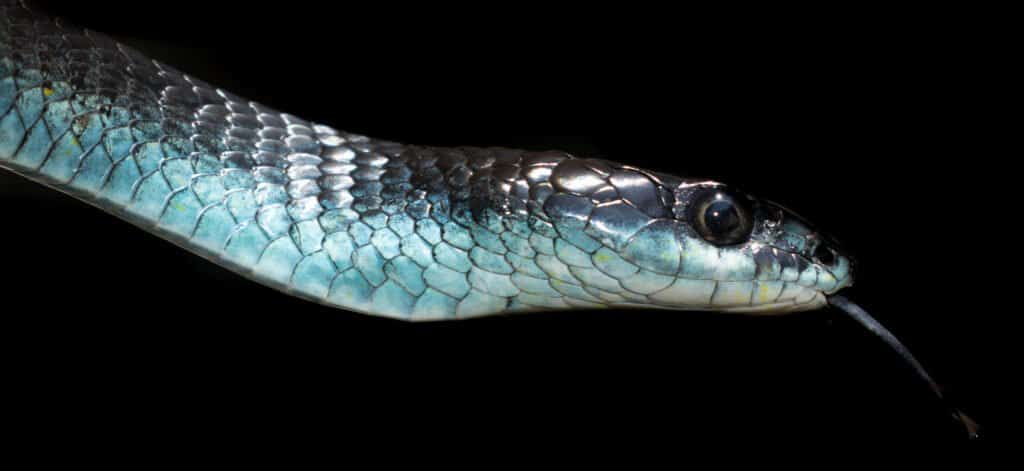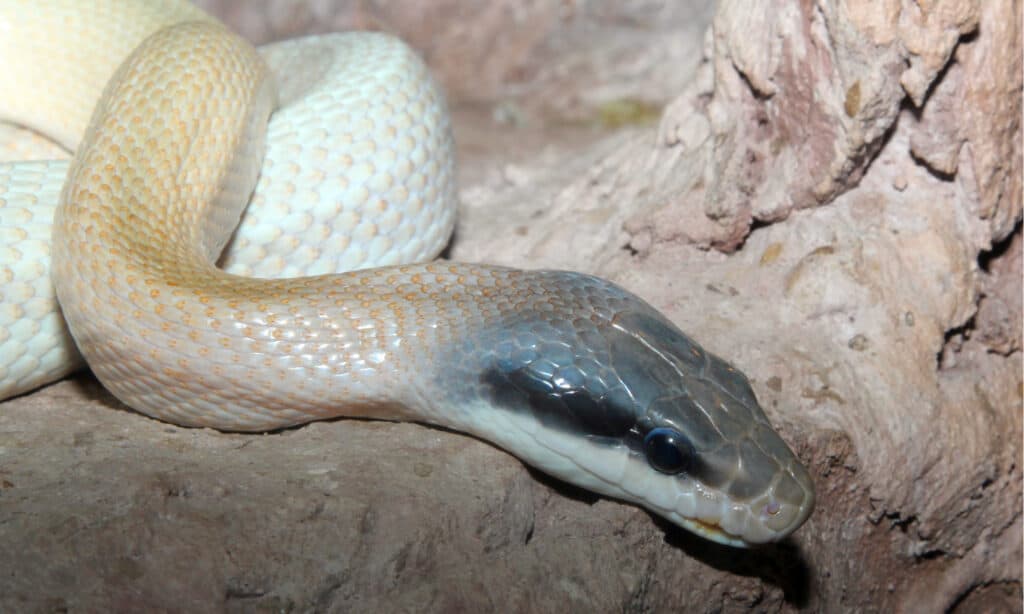Introduction
When it pertains to poisonous serpents, Australia is home to several of the most remarkable and unsafe types in the world. Amongst these, the Tiger Snake sticks out not just for its potent venom however additionally for its intriguing habits. Comprehending the behavior of venomous snakes like the Tiger Serpent is crucial for both wild animals fanatics and those living in locations where these snakes are present. This short article explores various elements of Tiger Serpent habits, habitat, recognition, safety measures, and first aid practices in case of a serpent bite.
Understanding the Actions of Venomous Snakes Like the Tiger Snake
The Tiger Snake, scientifically called Notechis scutatus, is infamous for its aggressive nature when endangered. These snakes exhibit a range of habits that can be quite various from their non-venomous counterparts.
Characteristics of Tiger Snakes
The Tiger Snake is easily identifiable due to its distinct bands or red stripes that look like a tiger's markings. They can differ in color from yellowish-brown to dark olive or black. This pigmentation serves not only as camouflage however likewise as a warning signal to potential predators.
Adaptability to Environment
One impressive element of their behavior is their adaptability to various atmospheres. Discovered largely in coastal areas, marshes, and wetlands across Australia and Tasmania, they can prosper in diverse habitats consisting of metropolitan areas.
Hunting Techniques
Tiger Snakes are ambush killers largely eating fish, frogs, and small mammals. They possess eager sight and a severe sense of smell which aids them in situating target effectively.
Venom Composition
Their venom consists of neurotoxins that impact the nerves, bring about paralysis or death in smaller pets. For human beings, instant medical attention is important after a tiger serpent bite because of its potentially deadly effects.
Natural Habitat of Tiger Snakes
Preferred Locations
Understanding where these serpents reside clarify their behavior patterns. The tiger snake habitat consists of:
- Coastal regions Swamps Grasslands Urban areas with plentiful water sources
Seasonal Movements
During warmer months, Tiger Snakes are much more energetic as they bask in sunlight or quest for food. On the other hand, colder months see them pulling back into hibernation sites.
Are Tiger Snakes Venomous?
Yes! The concern "are tiger serpents poisonous?" usually occurs amongst those unfamiliar with this species. Their venom is taken into consideration one of the most dangerous among all serpent varieties worldwide.
Symptoms of a Tiger Serpent Bite
If bitten by a tiger serpent, symptoms might consist of:

- Localized pain Swelling at the bite site Nausea and vomiting Sweating and confusion
Immediate clinical assistance is essential as without treatment bites can bring about serious wellness problems and even death.
First Aid for Serpent Bites: Quick Reaction Guide
Knowing just how Click for more info to carry out emergency treatment for a snake bite might conserve somebody's life. Below's what you need to do:
Step 1: Continue to be Calm
Keeping calmness assists reduce heart price which decreases poison spread.
Step 2: Debilitate the Influenced Area
Keep the affected limb still and listed below heart degree if possible.
Step 3: Call Emergency Services
Always look for specialist medical aid immediately after a snake bite.
First Help for Serpent Bite Kit Essentials
A fully equipped snake bite first aid kit should consist of:
- A compression bandage Antiseptic wipes A set of scissors An ice bag
Safety Precautions: Avoiding Serpent Bites in Australia
Awareness Programs
Educating communities about neighborhood serpent varieties and their habits can substantially minimize encounters bring about bites.

Avoiding Unsafe Areas
Staying far from lengthy lawn throughout warmer months decreases contact with snakes that may be resting or hunting.
Common Mistaken beliefs Regarding Tiger Snakes
Many individuals Habitat locations of Australia’s most venomous snakes believe misunderstandings concerning the habits of tiger Infection Control serpents lead to unneeded concern. Right here are some explanations:

Myth 1: All Tigers Are Aggressive
Not all tiger serpents will certainly display aggression if left uninterrupted; many like running away rather than confrontation.
Myth 2: They Chase Humans
Tiger snakes do not actively chase after people; they may strike when they really feel threatened however will normally retreat if given space.
Conservation Efforts Connected to Poisonous Snakes
Conservation initiatives focus on educating areas regarding safeguarding regional wildlife while decreasing human-snake interactions.
Importance of Ecosystems
Understanding that venomous snakes play an important role in maintaining environmental equilibrium helps foster recognition rather than fear towards them.
FAQs About Tiger Snakes
What needs to I do if I encounter a tiger snake?- Maintain distance and slowly pull back without unexpected movements.
- While attacks aren't extremely usual due to recognition initiatives, they still occur each year within Australia.
- Baby tiger serpents can supply full doses of poison regardless of being smaller; hence care is advised around them.
- They mostly take in frogs, fish, little animals like rodents, and various other reptiles.
- It's illegal in most jurisdictions without correct licensing as a result of safety and security worries concerning their venom.
- Wear sturdy boots and stay on significant trails; look prior to placing hands or feet into concealed rooms like rocks or logs.
Conclusion
Understanding the actions of venomous serpents like the Tiger Snake not only boosts our expertise yet also promotes safety recognition among those living near their environments. From recognizing their characteristics, comprehending emergency treatment procedures complying with a bite, via engaging preservation initiatives-- every aspect plays a vital duty in fostering coexistence with these remarkable reptiles while appreciating their area within our ecosystem.
As we grow our understanding through education and learning and experience, we add positively towards ensuring both human safety and security and wild animals preservation-- benefitting all events involved!